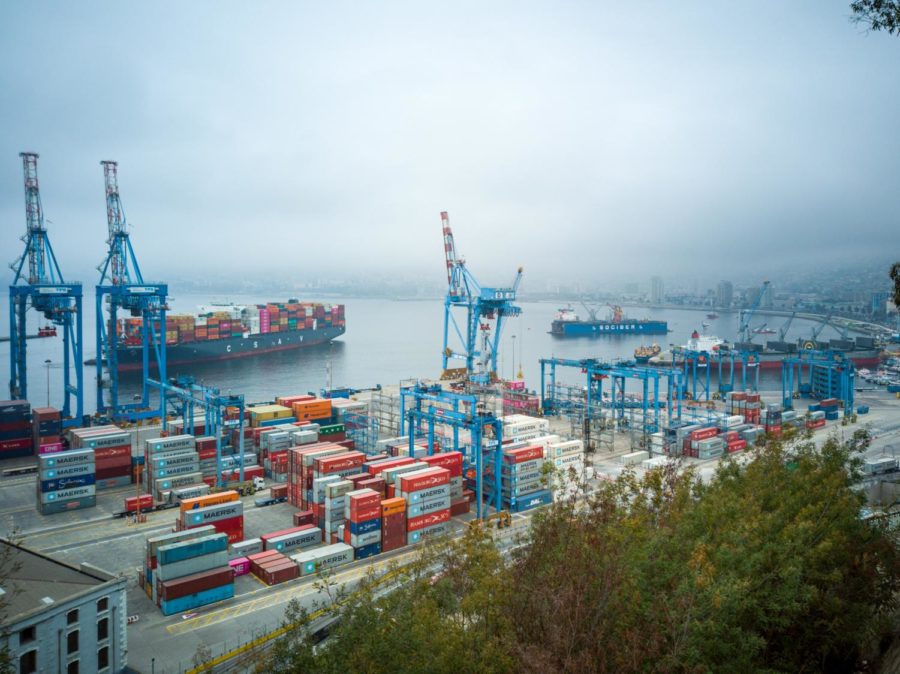Shortage Schmortage: HHS Cafeteria and the Global Supply Chain
A riveting tale of how our cafeteria is battling the shortages caused by recent supply chain issues
December 20, 2021
Ever since Covid first hit the world, we’ve all experienced some form of this dreadful shortage: a t-shirt not coming in on time, food not coming in, or even just toothbrushes unable to arrive at a store. It’s a very complex chain of shipping, making, and selling. Some manufacturers have to let regular customers know what is available and isn’t for that week or month, sometimes for the whole year. In an effort to better understand how all this works, I read this article. In short, everything relies on something else in the chain. Some parts are needed from other countries, and if those other countries can’t produce them fast enough, perhaps because a factory shuts down due to Covid for two weeks, then the other factory becomes delayed on making that item while waiting for the part. There’s also been a container shortage, which is causing tons more problems. In the article linked above, writer Peter Goodman notes that “because containers were scarce and demand for shipping intense, the cost of moving cargo skyrocketed. Before the pandemic, sending a container from Shanghai to Los Angeles cost perhaps $2,000. By early 2021, the same journey was fetching as much as $25,000. And many containers were getting bumped off ships and forced to wait, adding to delays throughout the supply chain. Even huge companies like Target and Home Depot had to wait for weeks and even months to get their finished factory wares onto ships.” So shipping is becoming expensive, and it’s becoming harder and harder to get stuff out on time and to the right place.
Recently, these issues have affected our very own HHS Cafeteria, as they have been unable to receive certain items. In our cafeteria, I’m sure most of you have seen that our usual foam trays have been missing. Sometimes certain meals are on the schedule but then we get something else. Certain food items are becoming harder to find. We have also switched to sporks instead of the usual forks and spoons. The reason behind the shortage is very complex, but, in short, it’s because of the supply chain. The supply chain is a long chain of people who rely on others. If one piece of that chain is broken, then the whole system stops working. The company that supplies our trays has sent us the to-go boxes we’ve been using lately but not before the cardboard trays that, as you probably noticed, went quickly. I talked to Mrs. Bevil, the manager of the cafeteria and asked her about the shortages and how it’s affecting our meals. “Sometimes we have to make substitutions,” she said. For instance, “you’ll see on the menu that it’s supposed to be french toast sticks, but all we got that day is mini-pancakes or waffles.” To me, substitutions aren’t such a bad thing, since we are still getting a steady food supply. All they can do, Bevil said, is “be really apologetic about the substitutions,” which is very kind of them. One awful thing about this situation, though, is that “chicken patties are becoming increasingly difficult to find”; all the cafeteria has been able to get is the mini chicken patties for breakfast. This supply chain has been affecting the entire cafeteria operations, as this December we will only get chicken patties twice. Hopefully we can get over this situation for the better and resume normal operations in the new year.

